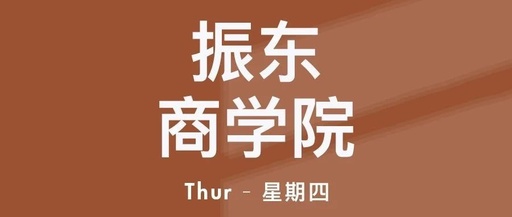
MedicineThursday, May 25, 2023
Small Knowledge


On June 24, 2004, the fifth “World Stroke Symposium” held in Vancouver, Canada, established May 25 asWorld Stroke Prevention Day, to enhance public awareness of stroke-related issues and prevention. Stroke occurs when there is a problem with the cerebral blood vessels, leading to a loss of blood, oxygen, and nutrients to brain cells, ultimately resulting in damage or death of these cells, which affects the functions controlled by the affected brain cells, such as movement and speech, hindering the patient’s ability to care for themselves.
There is an ancient saying in TCM, “The pulse can be false, but the tongue cannot be false.” The five organs and six bowels of the human body are directly or indirectly connected to the tongue through the meridians, and this can be reflected on the tongue’s surface, making the tongue a mirror of the body’s health. The modern understanding of stroke often relates to chaotic qi and blood, obstruction of cerebral vessels, or blood overflow in the brain, and changes in the internal organs can be reflected in the tongue’s appearance during its development.
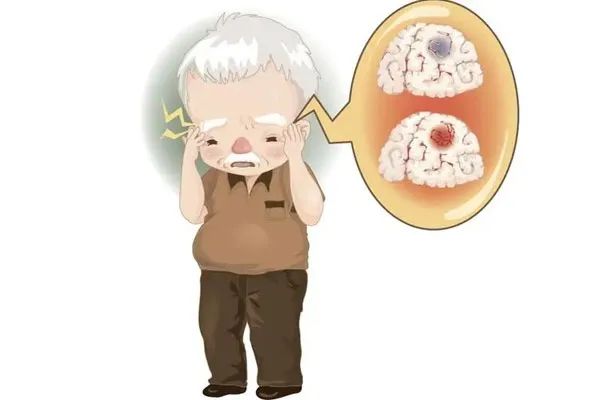


Observing the Tongue in TCM


Observing the tongue is a unique diagnostic method in TCM that involves examining the shape, color, and moisture of the tongue to assess changes in health conditions. It holds an important position in TCM diagnosis. A normal tongue appearance is a pale red tongue with a thin white coating. The tongue body is soft, flexible, and pale red in color.
The best time to observe the tongue is in the morning before brushing teeth, as there are no influences from food or medication, allowing the tongue to better reflect the changes in the internal organs. A normal person’s tongue shows a soft body, flexible movement, pale red color, and a thin, evenly distributed, moderately moist white coating, with visible sublingual veins, referred to as “pale red tongue, thin white coating,” indicating harmonious qi and blood, with the tongue showing “presence of stomach qi, vitality, and root.”
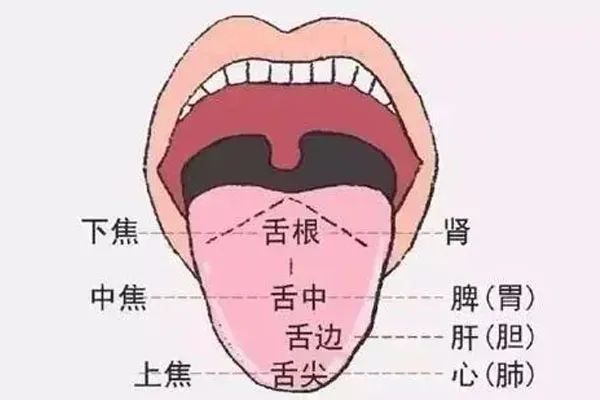


Abnormal Tongue Appearance


To assess the strength of the body’s vital energy, a rosy tongue indicates abundant qi and blood, while a pale tongue suggests deficiency; a thin white coating indicates strong stomach qi, while a tongue without coating and cracked indicates deficiency of stomach yin.
To discern the depth of the illness, a red tongue indicates that the pathogenic qi is in the qi level, while a dark red tongue suggests that the pathogenic qi has entered the blood level; a thin coating indicates an exterior condition, while a thick coating indicates an interior condition.
To differentiate the nature of the pathogenic factors, if there are purple spots on the tongue, it indicates blood stasis; a swollen tongue may be seen in phlegm-dampness or qi deficiency; a yellow coating often indicates heat pathogens, while a greasy coating is usually due to phlegm-dampness, food stagnation.
To infer changes in the condition, if the tongue coating changes from white to yellow, or from yellow to gray-black, it indicates that the pathogenic factors have moved from the exterior to the interior, from cold to heat, and the condition is worsening; whereas if the tongue coating changes from thick to thin, it often indicates that the pathogenic factors are retreating.
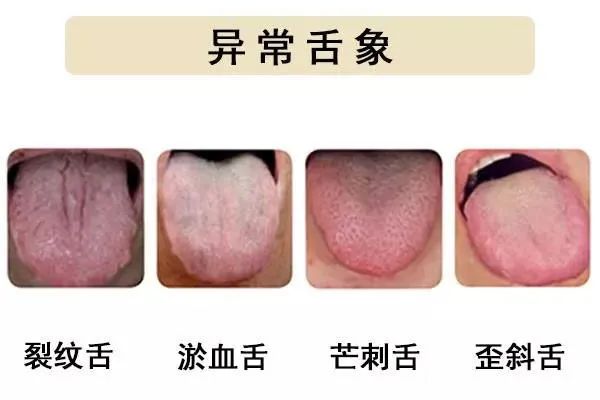


Tongue Color Changes Indicate Stroke


01
Pale White Tongue
A pale white tongue can be seen in the early stages of disease, where the righteous qi is strong and the pathogenic qi is weak, not yet disturbing the internal organs, indicating a lighter condition. For stroke patients, a pale white tongue with a thin white or thin yellow coating often indicates clear consciousness, normal urination and defecation, with only symptoms like limb numbness, unclear speech, and the ability to care for oneself, indicating a relatively shallow condition, often seen in cerebral vascular spasms and lacunar cerebral infarction, where a pale white tongue indicates early stroke or a lighter condition without blood stasis.
02
Purple or Dark Red Tongue
If a tongue appears dark red (deep red) or purple, with a thick yellow or dry coating or no coating, it indicates that pathogenic qi has entered the interior, with blood stasis or phlegm-dampness developing, and the patient may exhibit symptoms like confusion and incontinence, indicating a more severe condition that requires timely treatment. A thick greasy coating indicates phlegm-dampness or phlegm-heat, and treatment often focuses on clearing phlegm and transforming turbidity, while a purple tongue indicates blood stasis, requiring treatment to invigorate blood and resolve stasis.
03
Blue Tongue
In the later stages of stroke or in chronic patients, a blue tongue (the color resembling that of blue veins) is often seen, indicating qi deficiency and blood stasis, with clinical treatment focusing on tonifying qi and invigorating blood, with the representative formula being Bu Yang Huan Wu Tang (Tonify Yang and Restore Five). Therefore, if the tongue changes from dark red or purple to pale red, and the coating changes from thick and greasy to thin white or thin yellow, it indicates improvement; conversely, if the tongue changes from pale red to dark red or purple, and the coating changes from thin white to yellow greasy or dry with prickles, or no coating, and the tongue body becomes stiff and cannot extend outside, it indicates worsening of the condition.
Additionally, for patients with acute cerebrovascular accidents, observing the tongue coating is particularly important. If the coating changes from thin to thick, it indicates that the pathogenic factors have entered the interior, and the condition is worsening; if the coating changes from thick to thin, it indicates that the pathogenic factors are retreating. There is an ancient saying, “If there is stomach qi, there is life; if there is no stomach qi, there is death.” Therefore, if the tongue coating suddenly disappears during the course of the disease, it indicates a decline in stomach qi.
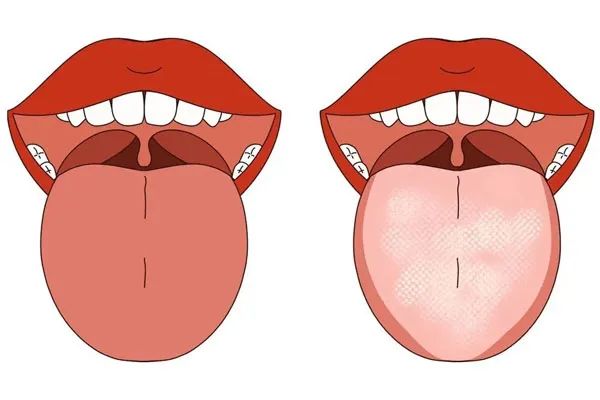
Observing the sublingual veins is also crucial in cerebrovascular diseases like stroke. The sublingual veins refer to the two main veins running longitudinally under the tongue and their branches, along with surrounding capillaries, which are normally faintly visible. Changes in the sublingual veins may sometimes precede changes in tongue color. In the early stages of stroke, due to blood stasis and qi filling, the sublingual veins often appear blue-purple and thick; over time, as the righteous qi is depleted and qi and blood gradually decline, they become lighter purple, pale red, and thinner. Generally, those with deficiency appear pale red and thin, while those with stasis appear blue-purple and thick; those with cold appear pale purple and tight, while those with heat appear red-purple and engorged.
It is also important to note that stroke has a high mortality and disability rate, making its prediction very important. TCM teaches that “the best practitioner treats not yet sick, but prevents sickness.” Therefore, individuals with hypertension, coronary heart disease, cerebral arteriosclerosis, or diabetes should seek medical examination promptly if they notice significant thickening of the tongue coating resembling mud, or if they experience numbness of the tongue or loss of sensation, and should not self-treat.
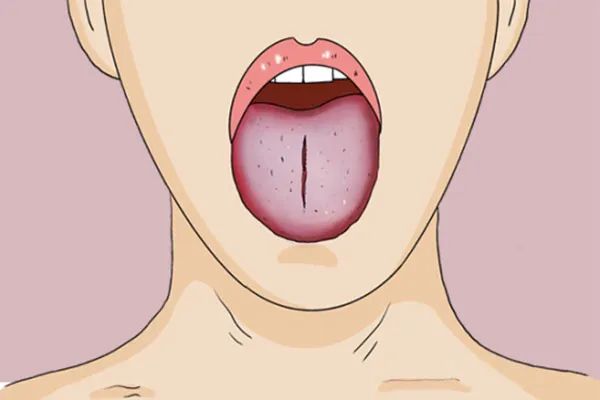


Small Remedies for Stroke Treatment


1. Sophora Flower Tea for Stroke Prevention – 6 grams of Sophora flower. Method: Brew with boiling water and drink as tea. It has the effect of preventing stroke.
2. Garlic Paste for Speech Impairment after Stroke – 2 cloves of garlic. Method: Peel and crush the garlic into a paste. Apply to the root of the teeth. It has the effect of opening the orifices and relieving closure, used for speech impairment after stroke.
3. Pine Needle Wine – 1 kg of pine needles, 1.5 kg of wine. Soak the pine needles in the wine for 7 days, drink 1 cup twice a day. Used for stroke with facial droop, symptoms include pain in both legs, lower back pain, and inability to stand.
4. Angelica and Schizonepeta – equal parts of Angelica (Dang Gui) and Schizonepeta (Jing Jie). Fry until black, grind into fine powder, use 9 grams with 1 cup of water and a little wine, decoct and take. Used for loss of consciousness after stroke, foaming at the mouth, and postpartum wind paralysis.
5. Asarum Powder – Asarum (Xi Xin) is also known as Du Huo. Grind into fine powder and blow into the nostrils. Used for loss of consciousness after stroke.
6. Vegetable Soup – appropriate amounts of red and white radish. Wash and peel the radishes, cut into irregular pieces, and boil the cut vegetables in an appropriate amount of water for about 15 minutes, then strain out the vegetables.
Click “Read the Original”
Zhendong Health Network provides more health knowledge

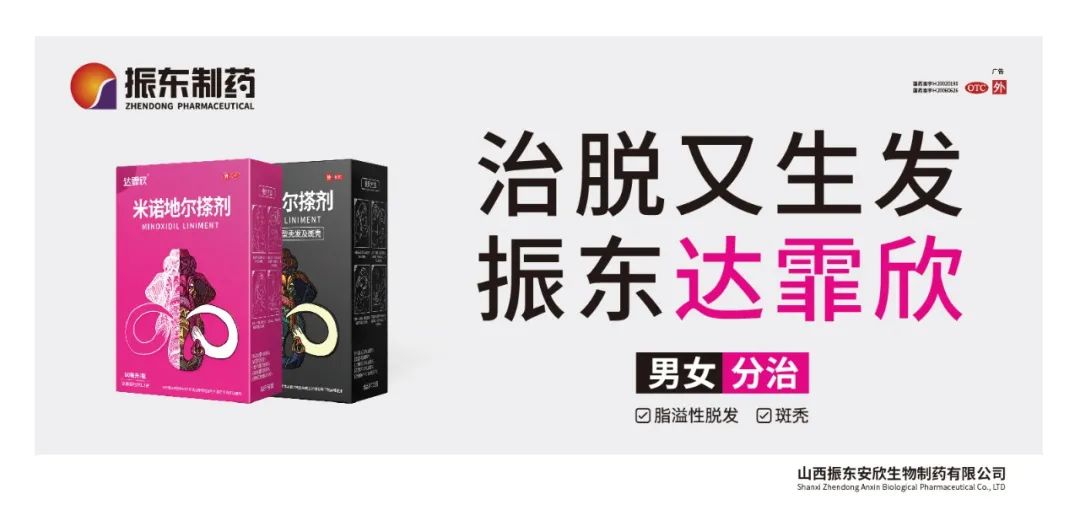 Zhendong Health SelectionArticle content sourced from the internet, if there is any infringement, please contact for removal.
Zhendong Health SelectionArticle content sourced from the internet, if there is any infringement, please contact for removal.

